Last updated on June 7th, 2023
- What Does Trout Taste Like: Unraveling the Flavor Mysteries - August 2, 2023
- Best Fishing Bibs Tested & Reviewed: Buyer’s Guide - July 19, 2023
- Fishing for Whiskers: Best Bait for Catfish - July 12, 2023
Are pike good to eat? That’s a question that anglers, fishermen and recreational fishers have been asking for centuries. Is it safe to chow down on this freshwater fish or should you stick with the tried-and-true trout and bass instead? What does it taste like anyway? We must examine the composition of pike to decide if they are suitable for consumption and investigate cooking methods. From there we can determine if they are indeed edible and explore some recipes for cooking them. So let’s dive in (pun intended) – Are Pike Fish Good To Eat?
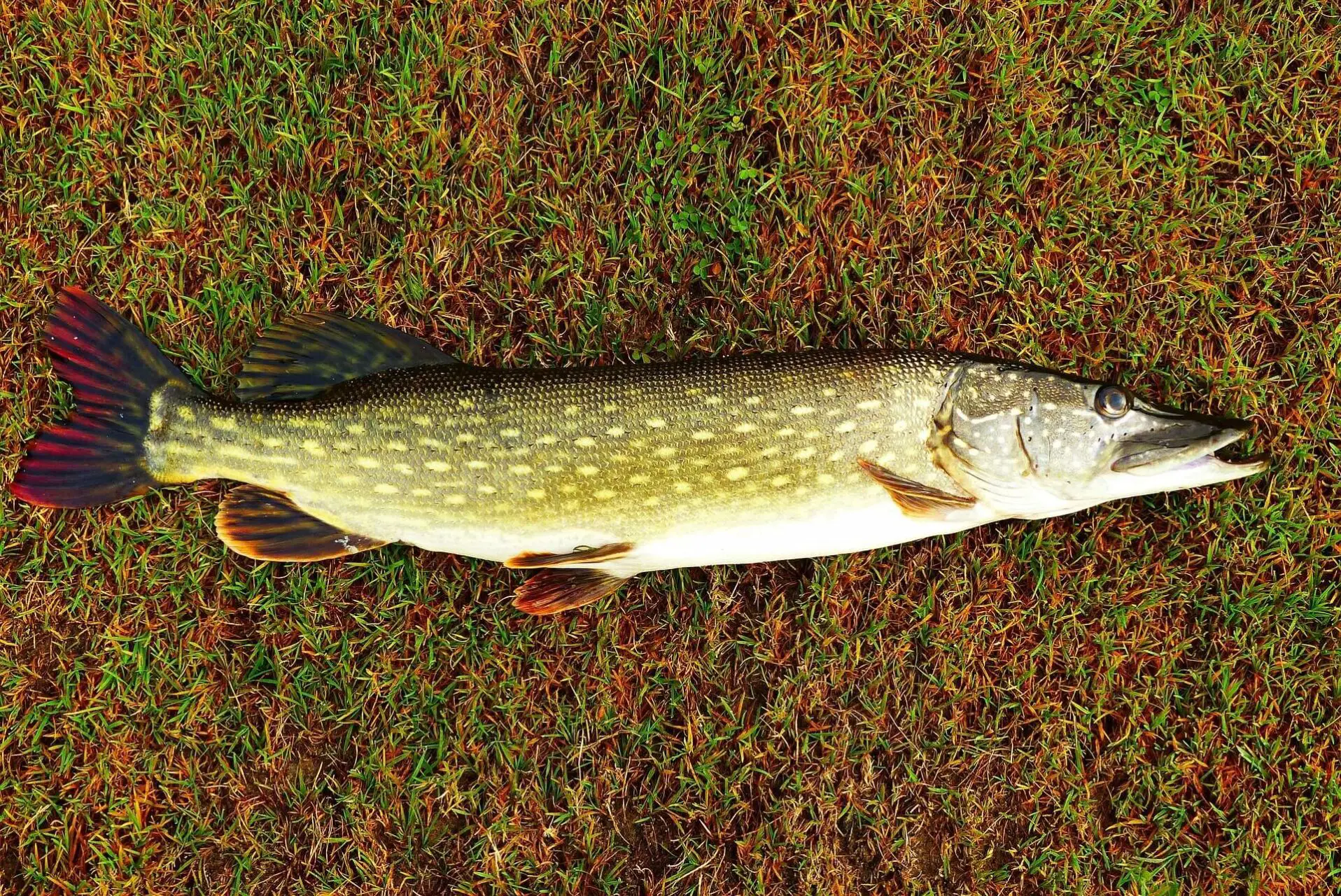

Table of Contents:
- What is a Pike?
- Are Pike Good to Eat?
- Recipes for Cooking Pike
- Tips for Preparing and Cooking Pike
- Conclusion
- FAQs
What is a Pike?
Pike possess elongated forms, topped with sizeable heads and toothy maws. Pike of adulthood usually measure around 20-30 inches, yet some may reach lengths up to 40 or more.
Physical Characteristics
Pike have a distinctive look with their elongated body shape and flat head. Their coloration varies from light greenish brown to dark olive green on top, fading to white on the belly. They also have several rows of black spots along their sides which helps them blend into their environment when hunting prey. Additionally, they possess two barbels (whiskers) near the corner of their mouth which help them detect food items in murky waters.
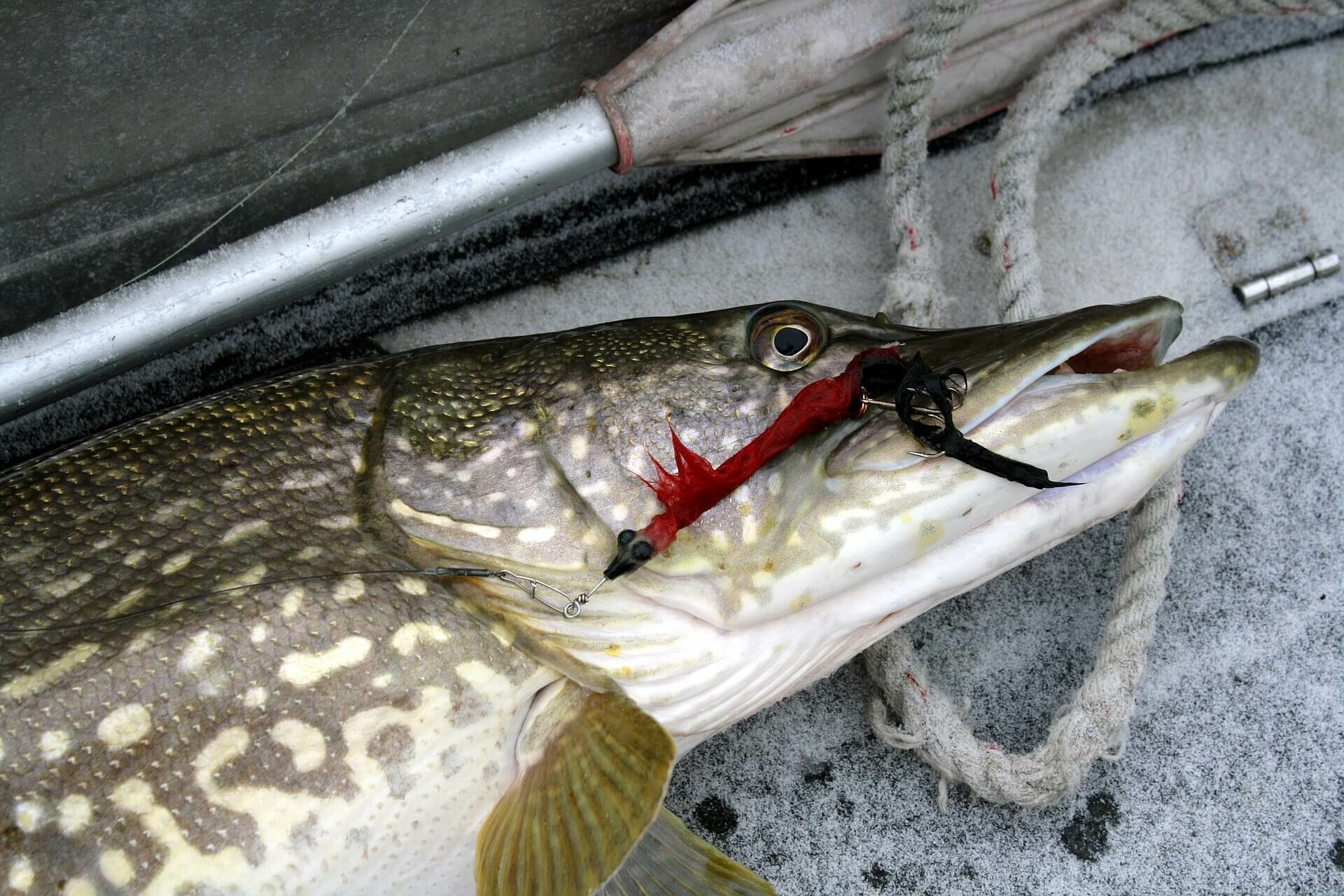

Habitat and Distribution:
Pike prefer cold water habitats such as deep lakes, slow moving rivers, marshes, swamps and ponds where there is plenty of vegetation for cover while hunting prey. In North America, they exist in many places apart from California and Hawaii, such as Canada and a great deal of the US. In Europe they range from Scandinavia all the way down to Spain while in Asia they are present in Russia’s Lake Baikal region as well as other parts of Siberia.
During spawning season, pike become especially aggressive hunters due to increased levels of testosterone; this makes them particularly dangerous when fishing during this time period, so it is best to exercise caution when wading into waters known to contain these voracious predators.
Pike are a fascinating fish with many interesting characteristics, from their physical features to the habitats they inhabit. Now let’s explore if pike make for a good meal and what safety considerations should be taken when eating them.
Key Takeaway: Pike are an aggressive fish species that inhabit many freshwater habitats around the world. They are a sought after species by spin fishermen and fly fishermen alike.
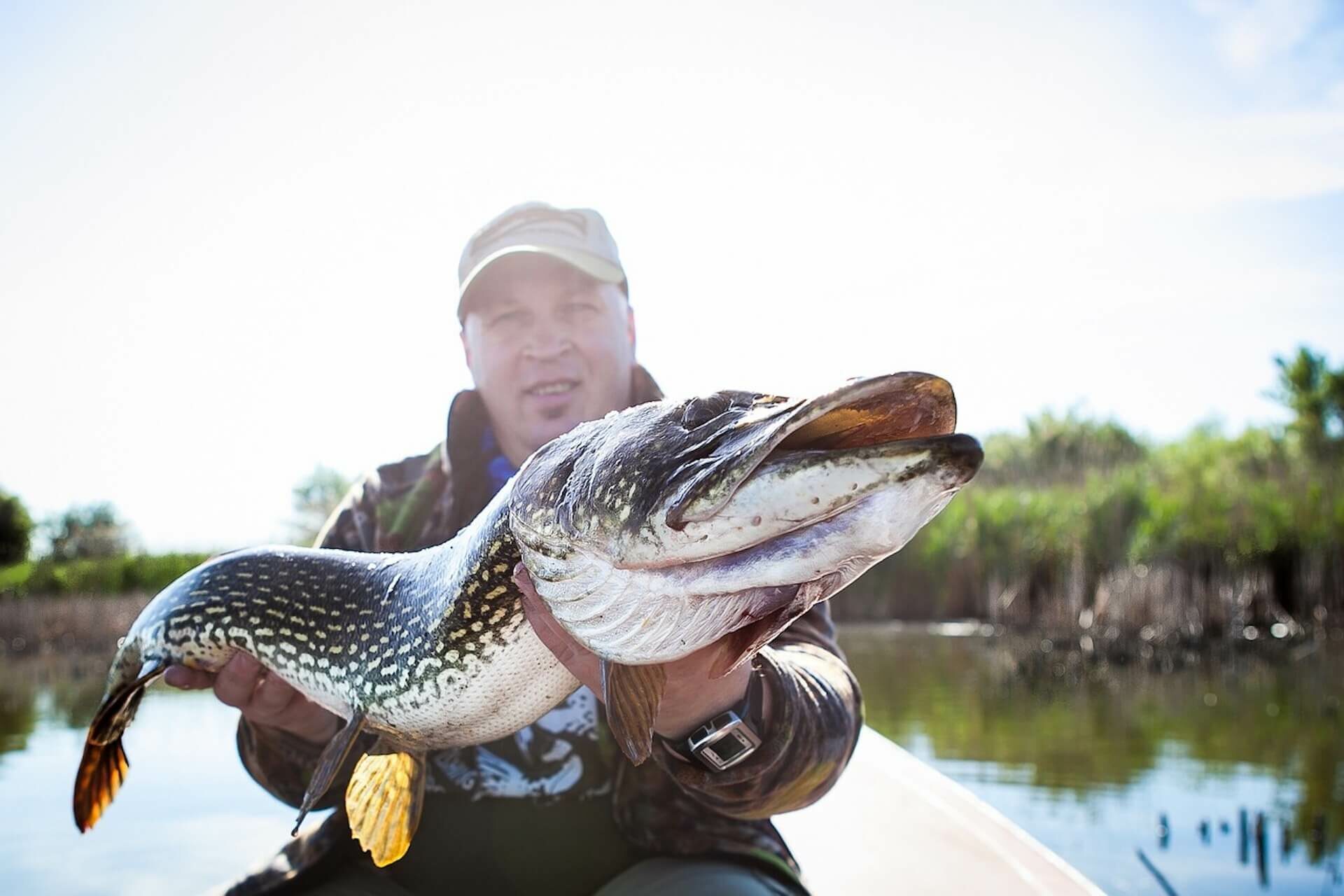

Are Pike Good to Eat?
They have long, slender bodies with large heads and sharp teeth. Pike are considered to be good eating, but there are some things to consider before consuming them.
Nutritional Value of Pike
Pike is an excellent source of protein and essential fatty acids like omega-3s. Pike offers a wealth of nutrients, such as phosphorus, potassium, magnesium, zinc, iron, selenium and vitamin B12. Furthermore it provides essential fatty acids like omega-3s and an abundance of protein. The flesh is firm yet tender when cooked properly.
Safety Considerations for Eating Pike
As with any wild caught fish it’s important to make sure the pike you plan on eating has been harvested from clean waters free from pollutants or contaminants that could cause harm if ingested. Additionally due to their sharp teeth they should always be handled carefully while cleaning them so as not to get cut by their razor-sharp jaws or fins which could lead to infection if left untreated.
When cooked correctly, pike has a mild flavor similar to other whitefish such as cod or haddock, but with a slightly firmer texture than either one of those species. This makes it ideal for recipes where you want the fish flavor without being overpowered by stronger flavors from herbs or spices used in marinades or sauces. Pike’s subtle taste renders it a perfect choice for any culinary approach, be it baking, grilling, sautéing or steaming.
Pike can be a scrumptious addition to your dietary regimen, yet ensure you practice caution when prepping and consuming them. Now let’s explore some recipes for cooking pike that will help bring out its best flavor.
“Want to try something new? #Pike is a great tasting fish with plenty of nutritional benefits. Just make sure it’s from clean waters and handle carefully when cleaning. #FishingTackle #FishingLures #RecreationalFishing”Click to Tweet
Recipes for Cooking Pike
They’re known for their sharp teeth, slim body shape, and distinctive patterned scales. Pike are also prized as a tasty delicacy by anglers and fishermen alike. If you’ve ever caught one of these feisty predators, then you know how delicious they can be when cooked properly. Try out these ideas for making the most of your pike.
Grilled Pike with Lemon-Garlic Butter Sauce


Start off by preheating your grill to medium heat. Then season both sides of your pike fillets with salt and pepper before placing them on the hot grates. Grill each side for about 4 minutes or until it is golden brown and flakes easily with a fork. To make the lemon-garlic butter sauce, melt 2 tablespoons of butter in a small saucepan over low heat while stirring in 1 tablespoon minced garlic, 2 tablespoons freshly squeezed lemon juice, 1 teaspoon dried oregano leaves, ¼ teaspoon ground black pepper, and ¼ teaspoon sea salt until combined. Serve this savory sauce over top of your grilled pike fillets for an unforgettable meal.
Preheat your oven to 375°F (190°C). Rinse the pike under icy running water, patting it dry with paper towels after. Position the pike on a greased baking sheet, lined with parchment paper or foil if desired. Generously sprinkle herbs such as rosemary or thyme inside its cavity along with three cloves of minced garlic before drizzling lightly olive oil over its top surface area. Bake uncovered for approximately 25 minutes until its flesh flakes easily when tested at the thickest part near the tail fin area using fork tines. Serve warm alongside steamed vegetables like broccoli florets tossed in melted butter and boiled potatoes seasoned simply yet deliciously using chopped parsley plus a dash of paprika powder sprinkled atop finished dish prior to serving guests, family members, or friends who will surely enjoy every bite taken from this amazing recipe.
Cooking pike is an excellent way to savor this delectable fish, and with the proper recipes and instructions you can craft a scrumptious dish. Now let’s look at how to prepare and cook your pike for optimal results.
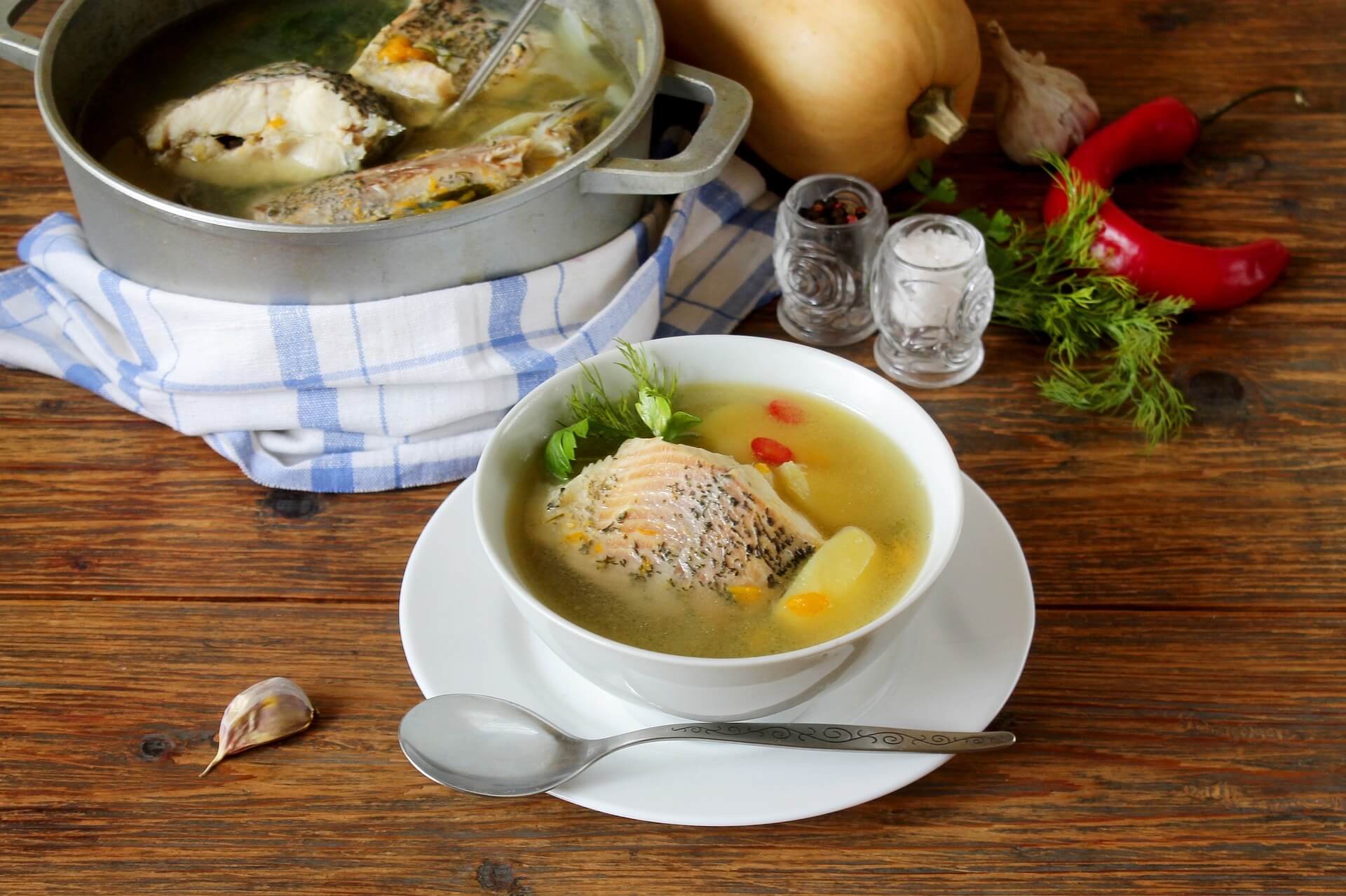

Key Takeaway: Pike are a delicious and versatile fish, perfect for grilling or baking with herbs and garlic. Serve it up with some steamed veggies for an unforgettable meal.
Tips for Preparing and Cooking Pike
Cleaning the Fish Properly
When preparing pike for cooking, it is important to clean the fish properly. Start by removing any scales that may be present on the skin of the fish. Utilize a pointed blade or a set of pincers to rid the exterior of any scutes. Next, use a spoon or your fingers to remove any organs from inside the body cavity and discard them in an appropriate manner. Finally, rinse off any remaining blood or debris with cold water before proceeding with cooking preparations.
Removing the Y-Bones from Fillets
Pike have long thin bones running along their back called “Y-bones” which need to be removed prior to cooking fillets for optimal taste and texture. To do this, carefully slide your knife between each bone and gently scrape away at them until they are completely detached from the flesh of the fish. If you’re having trouble finding all of them, try using tweezers as well for extra precision. Once finished, discard all bones in an appropriate manner before continuing with your recipe preparation.
One way to tell when pike is cooked through is by pressing down lightly on its flesh; if it flakes easily then it is ready. Additionally, you can also check its internal temperature using a food thermometer – when it reaches 145°F (63°C) then you know that your pike has been cooked through safely and thoroughly.
“Ready to cook up some pike? Don’t forget to remove the Y-bones and check its internal temperature with a food thermometer – when it reaches 145°F (63°C), you know your fish is cooked through. #fishingtackle #fishinglures #bassfishing #recreationalfishing”Click to Tweet
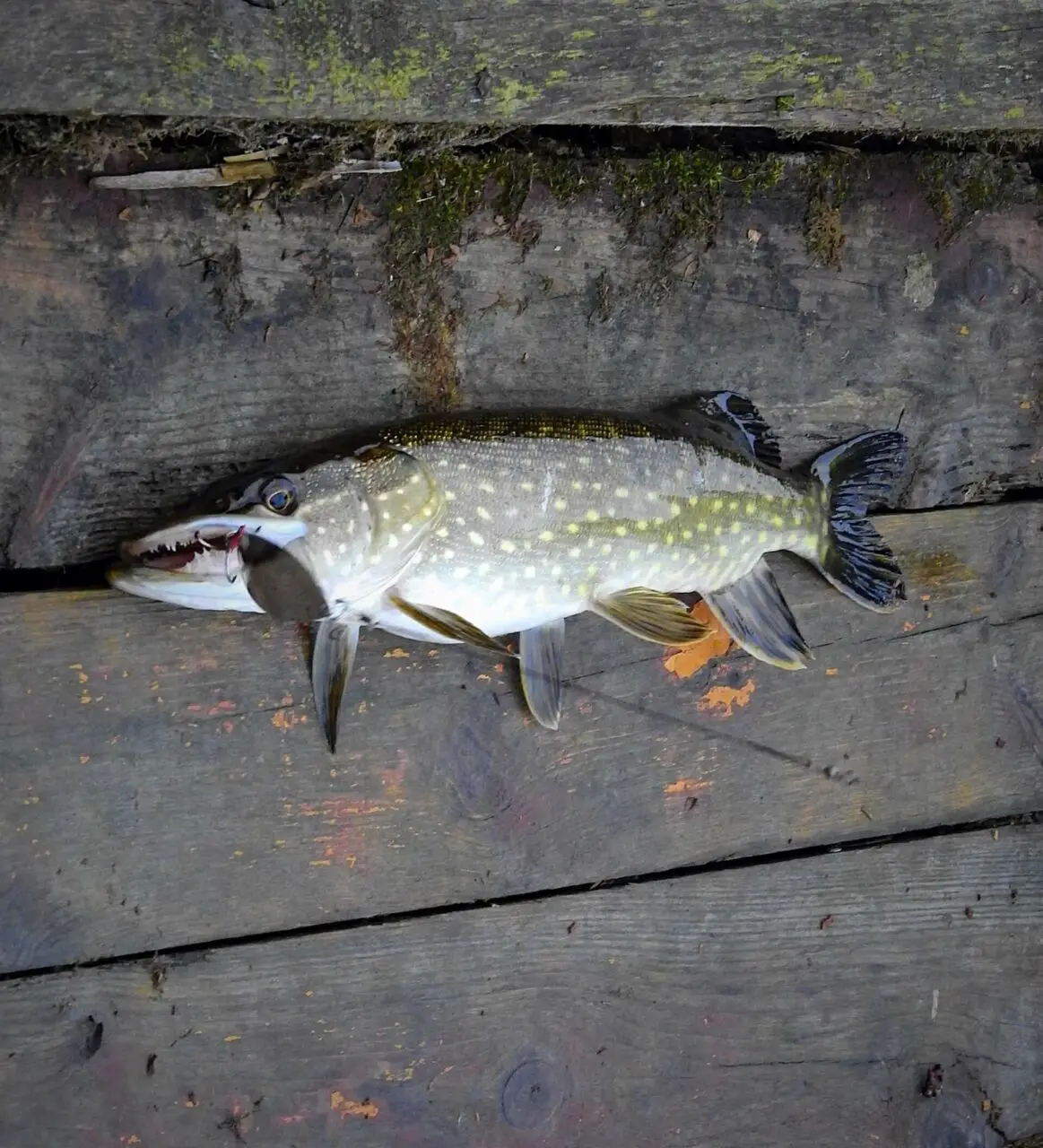

Conclusion on What does Pike Taste Like
In conclusion, pike are a great fish to eat. Pike offer a pleasant taste and can be cooked in various styles. When preparing and cooking pike, it is important to remove the skin and bones before eating them. Whether you choose to bake, fry or grill your pike – they are sure to make for an enjoyable meal. So if you’re wondering “are pike good to eat?”, the answer is yes. With their delicious taste and versatile recipes, they make for a wonderful addition to any seafood dish.
Are you looking for the best ways to catch pike and make sure they are good to eat? Whether you’re an experienced fisherman or just starting out, there is a lot of information available on how to successfully target these fish. You can learn about the right fishing tackle, lures and techniques that will help you land your dream catch. Additionally, recreational pike fishing provides a great way for anglers of all skill levels to enjoy their time outdoors in pursuit of this delicious gamefish. So don’t wait any longer – get out there today and start reaping the rewards!
FAQs: Can You Eat Pike?
What does pike taste like?
Pike is a mild, white-fleshed fish with a delicate flavor. Pike has a subtle, nutty sweetness that meshes beautifully with herbs and zesty citrus notes, creating an exquisite flavor. The flesh is firm yet tender, making it ideal for grilling or baking. When cooked properly, pike can be juicy and succulent. Its light flavor makes it perfect for dishes such as fish tacos or chowder. Pike also works well in soups, stews, and curries due to its mild taste that won’t overpower other ingredients. Overall, pike is an excellent choice of fish to add variety to your seafood repertoire.
Are pike worth eating?
Yes, pike are worth eating. Their white flesh is mild and flaky with a delicate flavor that pairs well with many different seasonings and sauces. Pike can be cooked up in a multitude of manners, such as baking, frying, grilling, poaching or steaming. They also make great fish tacos or chowder. When preparing pike for consumption it’s important to remove the Y-bones from the fillets as they can be sharp and difficult to eat around. With proper preparation, pike can provide an enjoyable meal for any occasion.
Is pike a junk fish?
No, pike is not a junk fish. Pike are an important gamefish that can be found in many freshwater systems across the world. They are highly sought after by anglers due to their size and fighting ability. Pike have a wide variety of lures and techniques used to target them, making them an exciting species for recreational fishermen. In addition, bass fishermen often use large pike as bait when targeting larger bass. All these factors make pike far from being considered a “junk” fish.
What size pike is best for eating?
Pike, a highly sought-after game fish, can be encountered in numerous freshwater bodies including lakes and rivers. Smaller pike are usually thought to be tastier than bigger ones, but the size of fish for consumption is a matter of individual preference. Generally, pike between 15-25 inches long provide the most succulent meat with a mild flavor. Larger pike may have tougher flesh and an earthy taste due to their age and diet. When selecting a Pike for eating, it is important to look for one with bright eyes and firm flesh as these indicate freshness. Additionally, it is best to avoid any pike with a strong fishy odor. With the right selection and preparation, Pike can make for an enjoyable meal.
